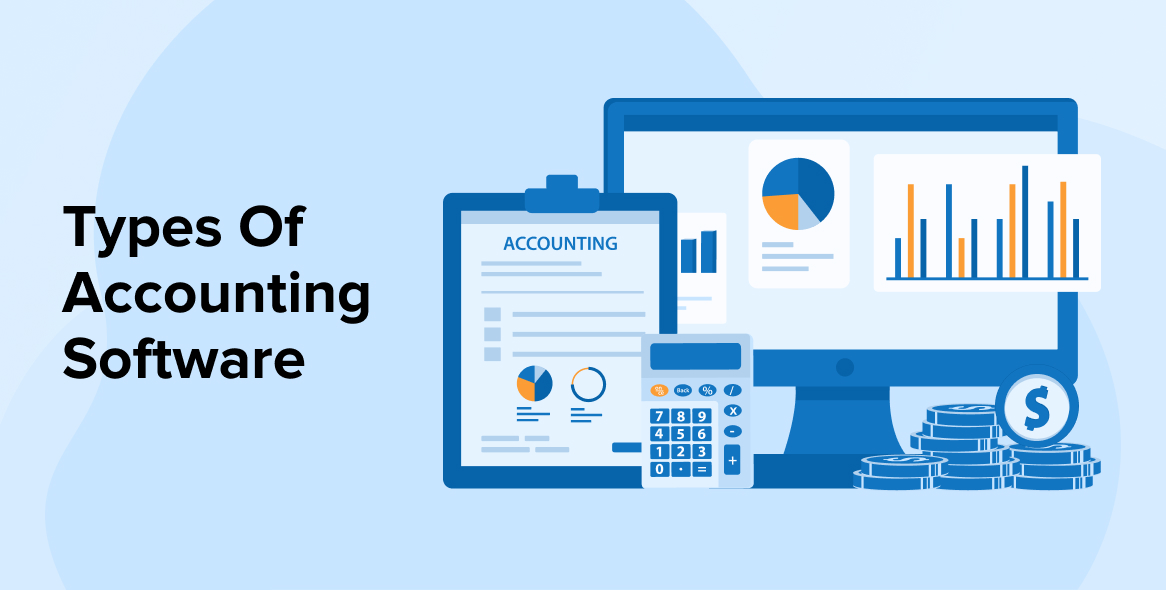The Different Types of accounting Software Available in the Market

There are several types of accounting software available in the market, each catering to different business needs, sizes, and industries. Some of the most common types of accounting software include:
Desktop Accounting Software: Desktop accounting software is installed locally on a computer or server and is typically accessed through a specific device or network. It offers robust features and customization options but may lack the flexibility and accessibility of cloud-based solutions. Examples include QuickBooks Desktop, Sage 50 (formerly Peachtree), and Xero Desktop.
Cloud-Based Accounting Software: Cloud-based accounting software is hosted on remote servers and accessed through a web browser or mobile app. It offers scalability, accessibility from anywhere with an internet connection, automatic updates, and integration with other cloud-based services. Examples include QuickBooks Online, Xero, FreshBooks, and Wave Accounting.
Enterprise Resource Planning (ERP) Systems: ERP systems integrate accounting with other business functions such as inventory management, human resources, supply chain management, and customer relationship management (CRM). They are suitable for large enterprises with complex accounting and operational needs. Examples include SAP ERP, Oracle NetSuite, Microsoft Dynamics 365, and Sage Intacct.
Small Business Accounting Software: Small business accounting software is designed specifically for the needs of small and medium-sized businesses (SMBs), offering essential accounting functionalities at an affordable price point. It may include features such as invoicing, expense tracking, bank reconciliation, and financial reporting. Examples include QuickBooks Online, Xero, FreshBooks, Zoho Books, and Wave Accounting.
Industry-Specific Accounting Software: Industry-specific accounting software caters to the unique requirements of particular industries or sectors, such as construction, manufacturing, retail, healthcare, nonprofit, and professional services. These solutions often include specialized features and compliance tools tailored to specific industry regulations and workflows.
Freemium or Open-Source Accounting Software: Freemium or open-source accounting software offers basic accounting functionalities for free or at a low cost, with the option to upgrade to premium versions for additional features and support. Examples of freemium accounting software include Wave Accounting and GnuCash, while examples of open-source accounting software include Apache OFBiz and PostBooks.
Personal Finance Management (PFM) Software: PFM software is designed for personal or household financial management, helping individuals track expenses, create budgets, set financial goals, and manage investments. Examples include Mint, Quicken, and Personal Capital.
Payroll Software: Payroll software automates the process of calculating employee salaries, taxes, and benefits, generating pay stubs, and facilitating direct deposits or paycheck distribution. While not exclusively accounting software, payroll software often integrates with accounting systems to streamline financial processes. Examples include Gusto, ADP, Paychex, and QuickBooks Payroll.
These are some of the main types of accounting software available in the market, each offering different features, functionalities, and pricing models to meet the diverse needs of businesses and individuals. When choosing accounting software, it's essential to evaluate your specific requirements, budget constraints, and preferences to select the most suitable solution for your needs.
Thank you,